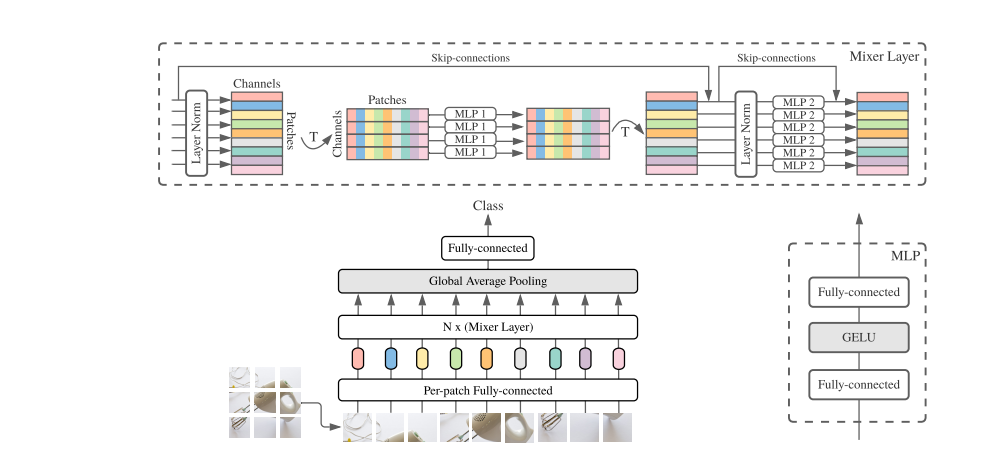S$^2$-MLPv2: Improved Spatial-Shift MLP Architecture for Vision
Recently, MLP-based vision backbones emerge. MLP-based vision architectures with less inductive bias achieve competitive performance in image recognition compared with CNNs and vision Transformers. Among them, spatial-shift MLP (S$^2$-MLP), adopting the straightforward spatial-shift operation, achieves better performance than the pioneering works including MLP-mixer and ResMLP. More recently, using smaller patches with a pyramid structure, Vision Permutator (ViP) and Global Filter Network (GFNet) achieve better performance than S$^2$-MLP. In this paper, we improve the S$^2$-MLP vision backbone. We expand the feature map along the channel dimension and split the expanded feature map into several parts. We conduct different spatial-shift operations on split parts. Meanwhile, we exploit the split-attention operation to fuse these split parts. Moreover, like the counterparts, we adopt smaller-scale patches and use a pyramid structure for boosting the image recognition accuracy. We term the improved spatial-shift MLP vision backbone as S$^2$-MLPv2. Using 55M parameters, our medium-scale model, S$^2$-MLPv2-Medium achieves an $83.6\%$ top-1 accuracy on the ImageNet-1K benchmark using $224\times 224$ images without self-attention and external training data.
PDF Abstract



 ImageNet
ImageNet